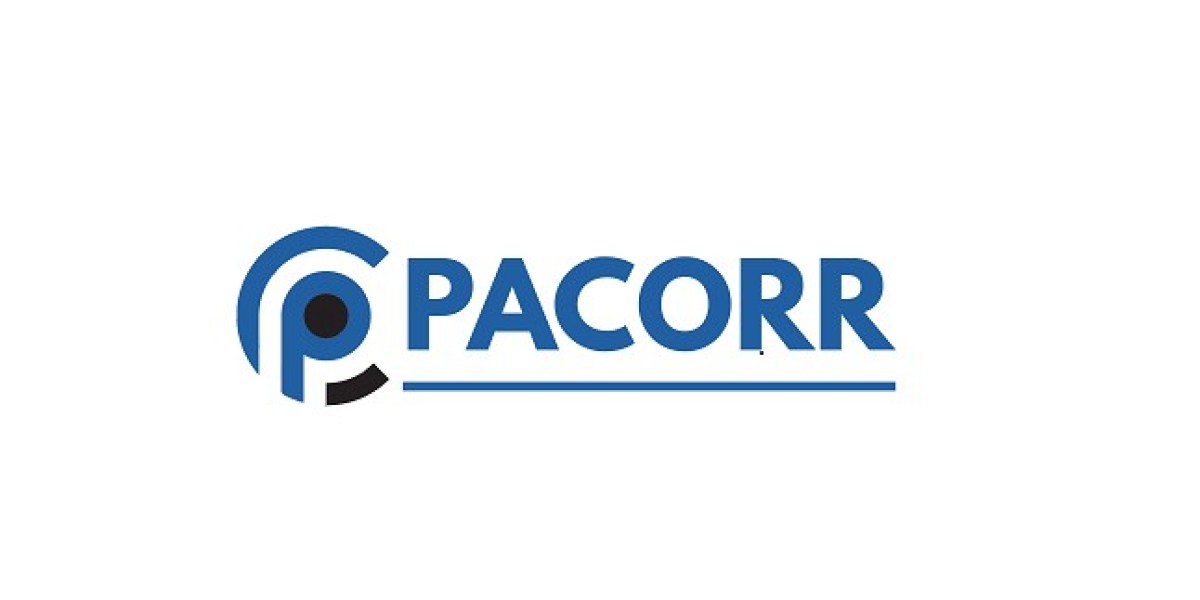Personal finance can often seem overwhelming, particularly at the master's level where the depth and complexity of questions increase significantly. As students dive into advanced topics, they may find themselves grappling with intricate concepts and nuanced problems. To aid in this journey, we present two master-level questions in personal finance, along with their theoretical answers, to offer clarity and guidance. There are some situations which make the students think who will do my personal finance homework on short deadlines worry not visit finance assignment help for top-notch homework help services.
Question 1: Risk Management and Insurance Planning
Question: Discuss the role of insurance in personal financial planning and evaluate how risk management strategies can be implemented to optimize financial security. How do different types of insurance contribute to an individual's overall risk management strategy?
Answer: Insurance plays a critical role in personal financial planning by providing a safety net against unforeseen events that could significantly impact an individual's financial stability. Risk management involves identifying potential risks, assessing their impact, and implementing strategies to mitigate or manage these risks.
The primary types of insurance—such as health, life, disability, and property insurance—each serve distinct functions in risk management. Health insurance covers medical expenses, reducing the financial burden of illness or injury. Life insurance provides financial support to beneficiaries in the event of the policyholder's death, ensuring that dependents are not left financially vulnerable. Disability insurance offers income replacement if the insured is unable to work due to a disability, while property insurance protects against financial losses from damage to or theft of assets.
To optimize financial security, a comprehensive risk management strategy should include evaluating individual risks, determining the appropriate level of coverage, and regularly reviewing and adjusting policies as life circumstances change. Effective risk management requires a balance between the cost of insurance premiums and the potential financial impact of risks, ensuring that individuals are adequately protected without overextending their budget.
Implementing these strategies allows individuals to manage their financial risks proactively, preserving their financial stability and achieving long-term financial goals. If you need more detailed guidance on integrating these concepts into your personal financial plan, consider seeking expert assistance by choosing to do my personal finance homework.
Question 2: Retirement Planning and Investment Strategies
Question: Analyze the key factors to consider when developing a retirement plan and discuss the various investment strategies that can be employed to achieve a secure retirement. How do personal risk tolerance and investment goals influence the choice of investment vehicles?
Answer: Developing a robust retirement plan involves several key factors, including determining retirement goals, assessing current financial status, and creating a savings strategy. One of the fundamental elements of retirement planning is estimating future expenses and income needs. This requires evaluating anticipated lifestyle changes, healthcare costs, and potential sources of retirement income such as Social Security or pensions.
Investment strategies play a crucial role in achieving a secure retirement. These strategies often include asset allocation, diversification, and choosing appropriate investment vehicles. Asset allocation involves dividing investments among various asset classes—such as stocks, bonds, and real estate—to balance risk and return. Diversification spreads investments across different assets within each class to minimize the impact of any single investment's poor performance.
Personal risk tolerance and investment goals significantly influence the choice of investment vehicles. Risk tolerance reflects an individual’s ability and willingness to endure market fluctuations. Those with a higher risk tolerance may invest more heavily in stocks or equity funds, which have the potential for higher returns but come with increased volatility. Conversely, individuals with a lower risk tolerance might prefer bonds or fixed-income investments, which offer more stability but lower returns.
Investment goals, such as accumulating a specific amount of savings by retirement age or generating a steady income stream during retirement, also shape investment choices. Retirement accounts like 401(k)s and IRAs offer tax advantages and can be tailored to individual goals and risk tolerance. Regularly reviewing and adjusting the investment portfolio as retirement approaches ensures that the strategy remains aligned with evolving needs and market conditions.
Navigating personal finance at a master’s level involves mastering complex theories and applying them effectively to real-world scenarios. Whether it's understanding risk management through insurance or devising a strategic retirement plan, the ability to address these advanced topics can significantly impact financial security and success.


